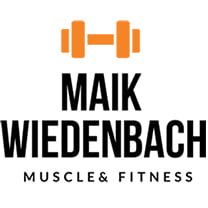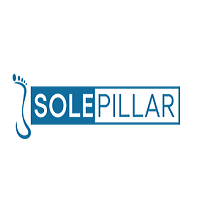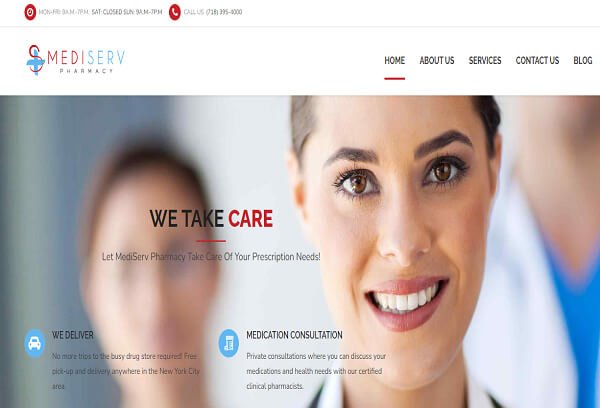Internal Linking Basics: A Foundational SEO Strategy for 2025
- June 13, 2025
- SEO
Internal linking is one of the most underrated yet powerful aspects of on-page SEO. Whether you’re just starting out with search engine optimization or refining your existing strategy, understanding the role internal links play in your website’s structure and rankings is essential.
In this post, we’ll explore the fundamentals of internal linking—what it is, why it matters, and how you can build a strong internal linking strategy that supports both search engines and users.
What Are Internal Links?
Internal links are hyperlinks that point from one page of your website to another. They form a connective web across your domain, helping users navigate your content and allowing search engines to crawl and index your site more effectively.
Types of Internal Links
Understanding the different types of internal links helps you create a balanced and SEO-friendly site structure. The main types include:
- Contextual Links: Embedded in the body content, often as anchor text pointing to related content.
- Navigational Links: Found in menus and headers, they help users reach major site sections.
- Footer Links: Located at the bottom of pages—typically link to FAQs, contact info, or policy pages.
- Sidebar Links: Direct users to related posts, popular resources, or targeted CTAs.
Why Internal Linking Matters for SEO
Internal links are a cornerstone of SEO for several reasons:
- Enhance Crawlability: Help search engines discover and index more of your pages.
- Define Site Structure: Establish a clear hierarchy between your homepage, category pages, and subpages.
- Improve UX and Time on Site: Encourage deeper exploration by guiding users to relevant content.
- Distribute Authority (Link Equity): Pass SEO value from high-ranking pages to newer or lower-ranking ones.
Internal Links vs. External Links
While internal links keep users within your website, external links connect your content to other domains. Both are essential for a healthy SEO profile—internal links support structure and user flow, while external links build authority and relevance.
Best Practices for Internal Linking
Building a smart internal linking structure isn’t just about quantity—it’s about strategy. Here’s how to do it right:
1. Identify Core Pages & Create Supporting Content
Start with your most important (pillar) pages. Build supporting content around them and link them together using contextual links.
2. Use Descriptive Anchor Text
Anchor text should clearly indicate what the linked page is about. Avoid generic phrases like “click here.”
3. Link New Pages Immediately
Don’t wait—link to new blog posts and service pages as soon as they’re live. This helps with faster indexing and SEO value distribution.
4. Audit Regularly for Issues
Use tools like Google Search Console to detect broken links, orphaned pages, or inconsistent anchor usage.
Build a Smarter SEO Strategy with Internal Links
Mastering internal linking is key to creating a powerful SEO foundation. A solid internal linking strategy doesn’t just improve rankings—it enhances user experience and builds a strong, navigable website architecture.
Earn SEO is a trusted team of SEO consultants in New York, specializing in smart internal linking strategies that elevate your website’s visibility and performance. Whether you’re launching a new site or optimizing an existing one, our experts build internal architectures that drive organic traffic and support long-term growth. Ready to improve your internal linking and site structure? Contact today for tailored SEO solutions that get real results.
Earn SEO was established in 2011 by Devendra Mishra, a highly educated professional with varied training and experience. Mr. Mishra is responsible for business development, attracting new Earn SEO partners, and interacting with clients, the media and press, and acting as Brand Ambassador.
Devendra Mishra
Founder






































